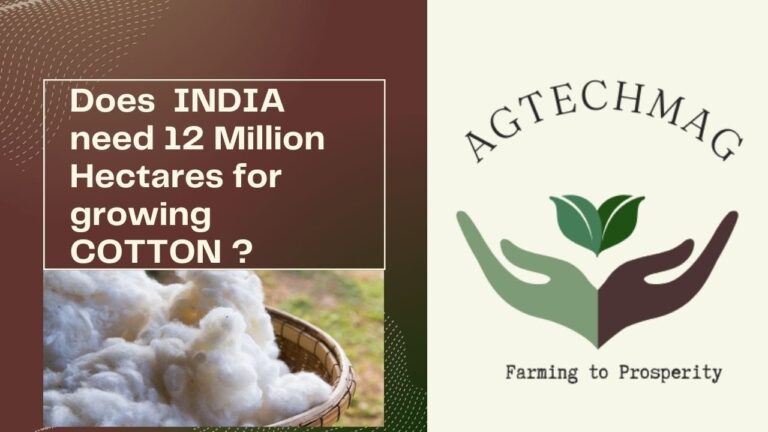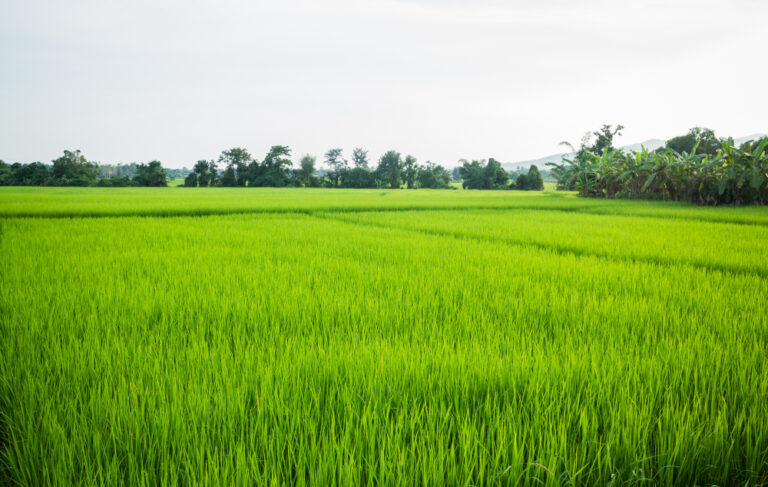by Tarak Dhurjati
Once a crop grown mainly for sweetness, sugarcane has, over the past 50 years, been recast as a strategic provider of sugar, power and fuel. The global industry — led by Brazil — has embraced scale, mechanisation and a bio-energy model. India, the world’s second-largest cane grower, has ridden the same tectonic shifts more unevenly: stagnating yields, waves of mill closures, and a recent lifeline in ethanol that is remaking the economics of crushing houses from loss-making relics into tri-product factories.
From cane to complex: the global reset
Fifty years ago sugarcane was largely a sugar crop. Today, producing sugar often sits alongside two other revenue streams — bagasse-based electricity and industrial ethanol — turning sugar mills into mini bio-refineries. Brazil leads the transition: its mills flex between sugar and ethanol depending on prices and have invested heavily in mechanisation, varietal research and greener practices that reduce inputs and raise efficiency. That model underpins Brazil’s dominant role in global sugar markets and in ethanol exportable capacity.
Other producers tell different stories. Thailand remains a competitive sugar exporter; Cuba’s giant industry shrank under structural and investment pressures. The common thread worldwide is clear: the sugarcane sector is no longer a one-product business — it is an integrated energy and materials sector operating under rising environmental and market pressures.
India’s half-century: growth, stagnation and structural stress
India’s sugar economy expanded strongly after the Green Revolution, but growth after the 1990s has been characterised less by steady yield gains than by area shifts, weather shocks and policy cycles. National data and successive industry reports show that production has been volatile in recent seasons — some years with gluts, other years with deep shortfalls driven by drought, disease and early mill closures.
Regionally the picture is mixed. Northern irrigated belts (notably parts of Uttar Pradesh) often show higher cane yields per hectare than many rainfed regions, but this advantage has not translated into uninterrupted national productivity growth. Reasons are familiar: ageing cane varieties, soil-health deterioration, poor smallholder economics, water stress in some states, pest and disease pressure, and the limits of fragmented land holdings that prevent mechanisation at scale.
Mills in peril — then reborn as tri-product units
The 2010s and early 2020s exposed a structural problem: sugarmakers were squeezed between regulated cane prices, rising costs and volatile sugar realisations. Hundreds of mills ran up debt, delayed payments to farmers and — in many cases — shut down. Industry tallies show closures accelerating: one season recorded 448 mills stopping operations, up from 401 the year before, as mill balance sheets and cane supplies deteriorated. Reuters+1
Ethanol changed the calculus. India’s ethanol blending policy, steadily strengthened over the last decade, created a new, relatively higher-margin destination for cane (juice, syrup and molasses) and for grain feedstocks as well. As distillery and cogeneration revenues rose, many mills that were once loss-making began to stabilise by operating as integrated sugar + power + ethanol complexes — selling sugar, exporting renewable power from bagasse and supplying fuel ethanol to oil companies. The policy has been credited with injecting large sums into rural incomes and giving mills much-needed cash flow.
A new battleground: ethanol feedstocks
Paradoxically, ethanol’s success is now a strategic headache for many sugar mills. The government’s push to meet higher blending targets has opened ethanol production to multiple feedstocks: sugarcane, molasses, maize, damaged/stale rice and other grains. Grain-based ethanol has in many seasons become both plentiful and cheaper to produce, shifting the composition of India’s ethanol supply and reducing the relative share of sugarcane-based ethanol — a worrying trend for cane growers and mill owners who depend on diversion to ethanol for margin relief. Industry voices have warned that a rising share of grain-based ethanol will blunt the intended benefit of the ethanol mission for the sugarcane value chain.
Cooperative mills, private mills and a culling of capacity
India’s mill universe is heterogeneous. Cooperatives (prominent in Maharashtra and parts of the south) historically tied farmers to local mills and politics, but many suffered from governance issues, debt and underinvestment. Private mills generally had greater agility to modernise, but all were vulnerable to the sharp shock of falling cane and weak sugar prices. In 2024–25 and into 2025 a wave of early closures — some mills stopping crushing weeks ahead of schedule — signalled a structural culling of uneconomic capacity. Those that survived typically diversified into power and ethanol.
Brazil’s sustainability pivot: lessons for India
Brazil’s mills demonstrate two important lessons: (1) sustainability pays — through reduced input costs and market access for certified product — and (2) scale plus mechanisation lifts productivity. Recent Brazilian corporate sustainability reports show active efforts to reduce chemical fertilizer intensity and deploy more biological inputs, precision farming and mechanisation that together trim costs and emissions. India can adapt these lessons — but must do so in ways suited to smallholder landscapes, with farmer aggregation and custom-hiring models to spread mechanisation benefits.
What the data says now — and what comes next
- Production swings: India’s production estimates swung sharply in recent seasons; official and trade estimates placed 2024–25 sugar output well below earlier expectations, pushing export volumes down and forcing domestic price adjustments.
- Mill closures: hundreds of mills curtailed operations or closed early in the same period as cane supplies tightened.
- Ethanol diversion: ethanol has been a lifeline — yet grain-based ethanol is expanding fast and is now a serious competitor to sugarcane for the fuel pool.
The way forward: a short action checklist
- Varietal renewal & R&D scale-up. Strengthen ICAR / IISR seed pipelines and faster distribution of higher-yielding, disease-resistant clones.
- Soil and water focus. Promote split N application, micro-irrigation and integrated nutrient management to stabilise yields.
- Mill modernisation & flexible policy. Encourage dual-mode mills (sugar/ethanol), stronger PPAs for cogeneration, and ethanol pricing that sustains mills’ willingness to divert cane.
- Protect the cane link. Calibrate feedstock policy so that grain-based ethanol growth does not crowd out sugarcane-based ethanol without deliberate transition measures.
- Consolidation & governance. Professionalise cooperative governance, incentivise mergers of weak units, and prioritise investment in ESG-compliant, certified sugar for export markets.
Final paragraph — a pragmatic optimism
The Indian sugar sector today is neither the hopeless basket of the past nor the untroubled harvest of Brazil. It sits at a crossroads: reform, technology and calibrated policy can convert the country’s vast cane base into a resilient bio-economy engine — supplying sugar, renewable electricity and ethanol while supporting rural incomes. But the window for that transition is finite; without faster varietal renewal, better soil and water stewardship, and policies that preserve the economics of cane diversion, more mills will continue to fall by the wayside. The next five years will tell whether India’s sugarcane story becomes one of sustainable reinvention — or of an industry downsized by competing feedstocks and climatic limits.
Sources & further reading: The above article has been generated by AI and has sourced information from various sources including ISMA; USDA/FAS India Sugar Annual 2025; Reuters; Times of India; ICAR / IISR releases; industry reports and sustainability reports from Brazil. (Selected citations embedded above.)




